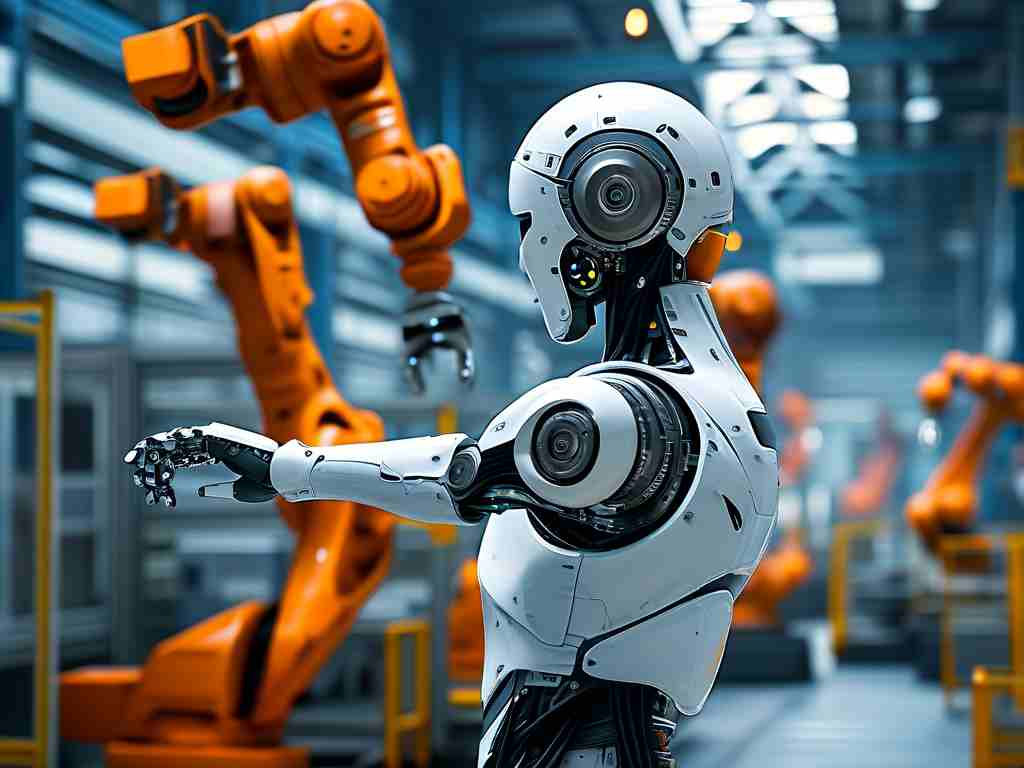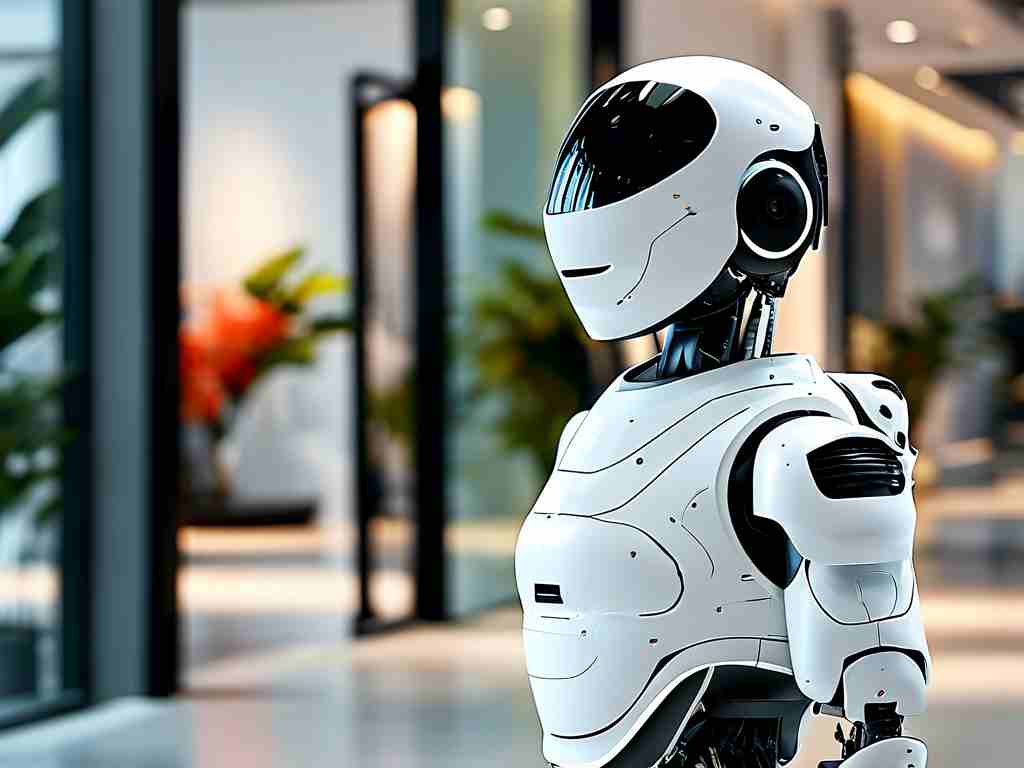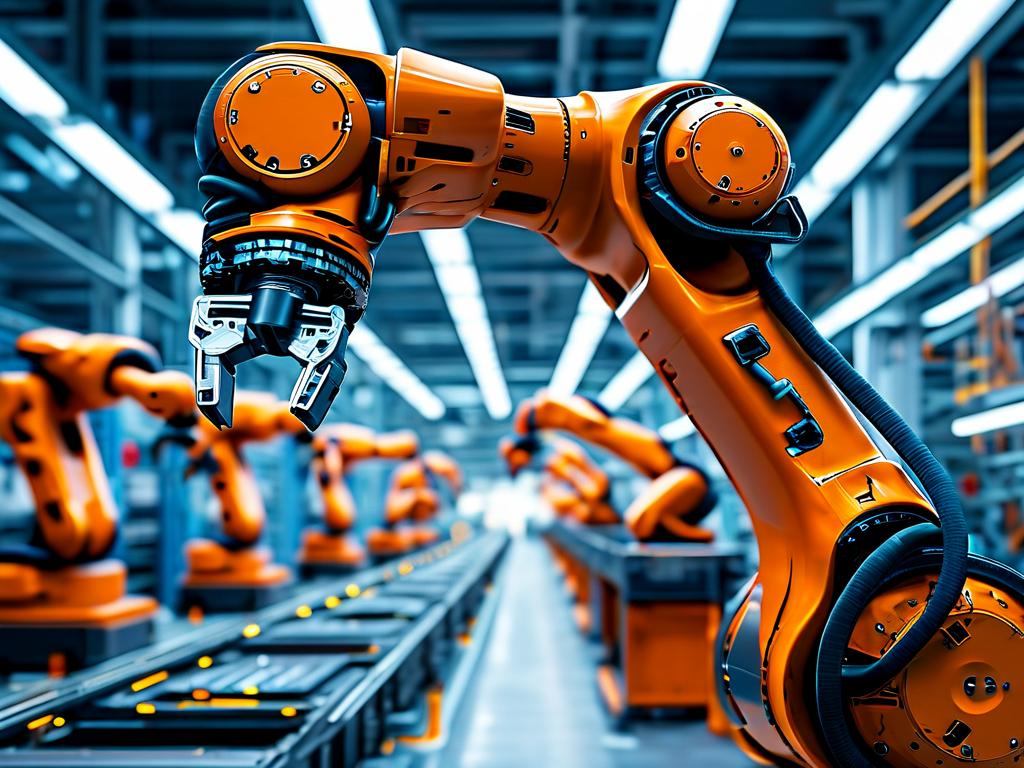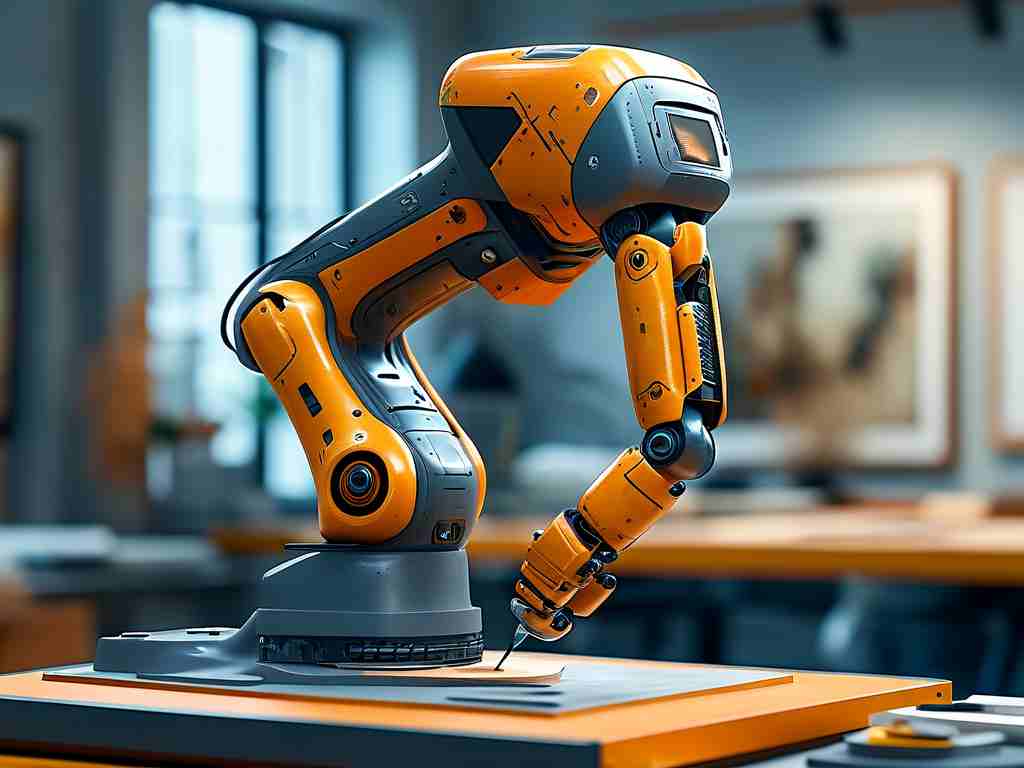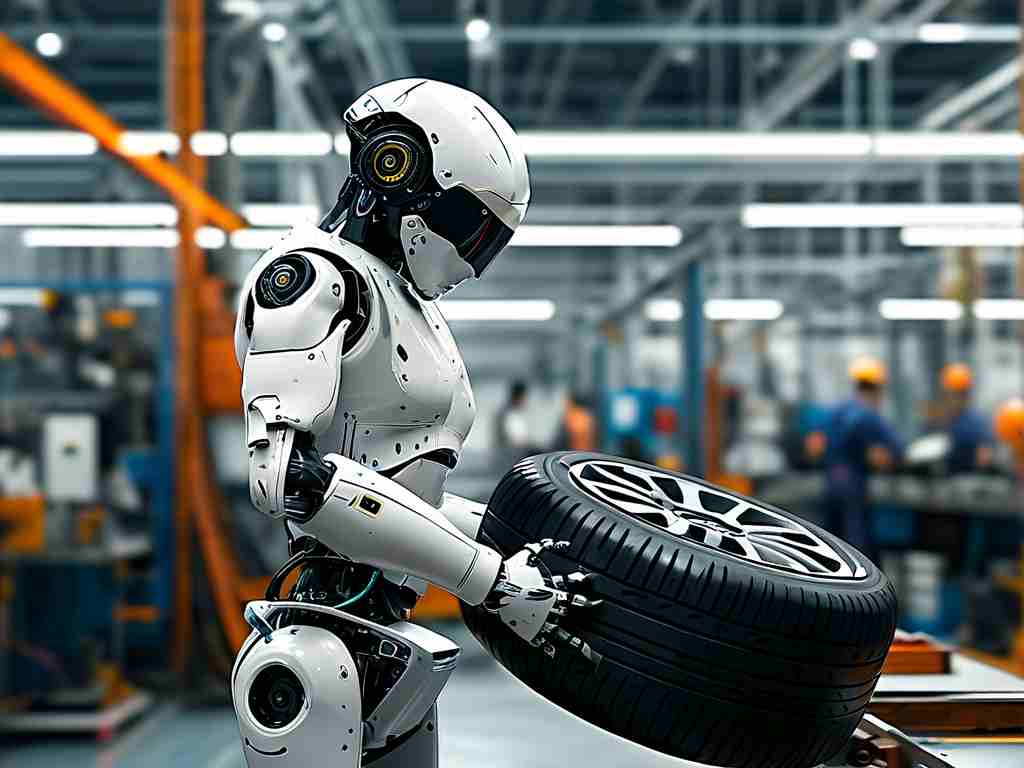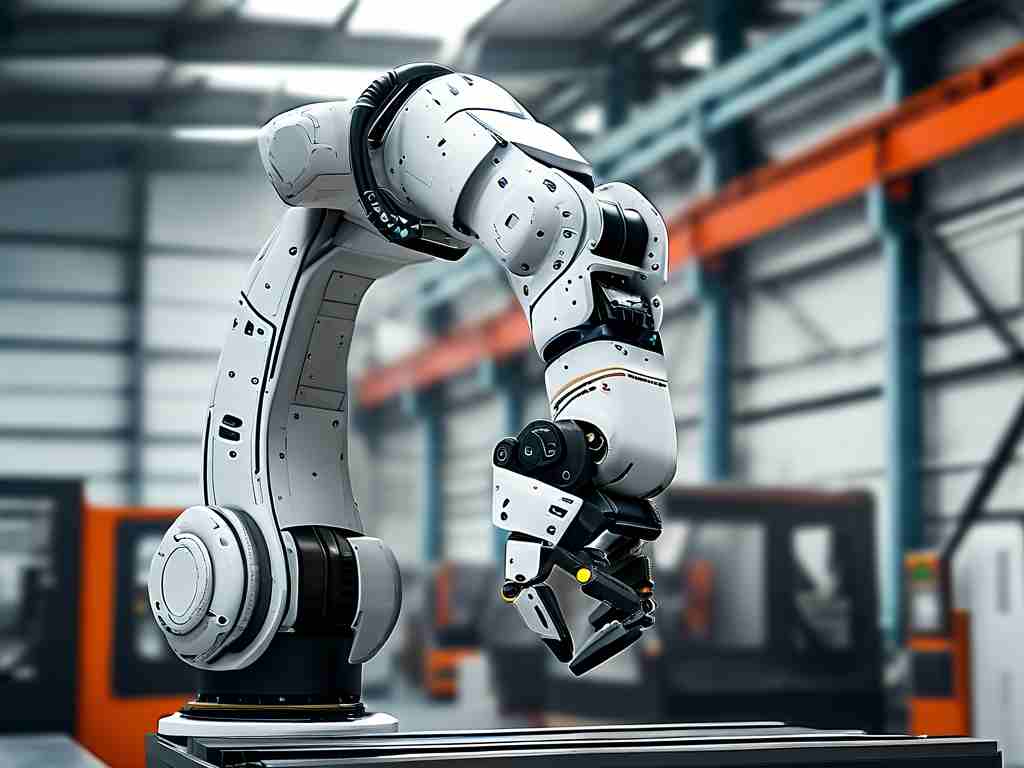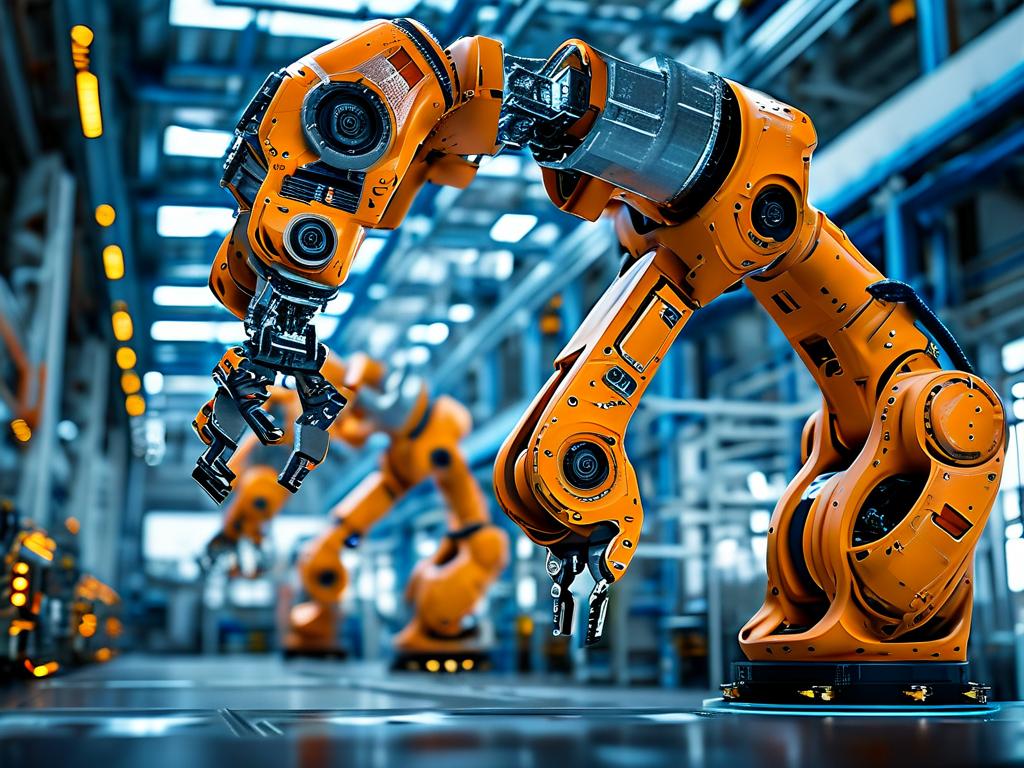The ability of robots to navigate complex terrains, particularly stairs, has become a cornerstone of modern robotics research. Unlike flat surfaces, staircases present unique challenges due to their irregular geometry, variable heights, and unpredictable surfaces. This article explores the technical foundations behind stair-climbing robots, focusing on mechanical design, sensor integration, and adaptive algorithms that enable these machines to overcome vertical obstacles efficiently.
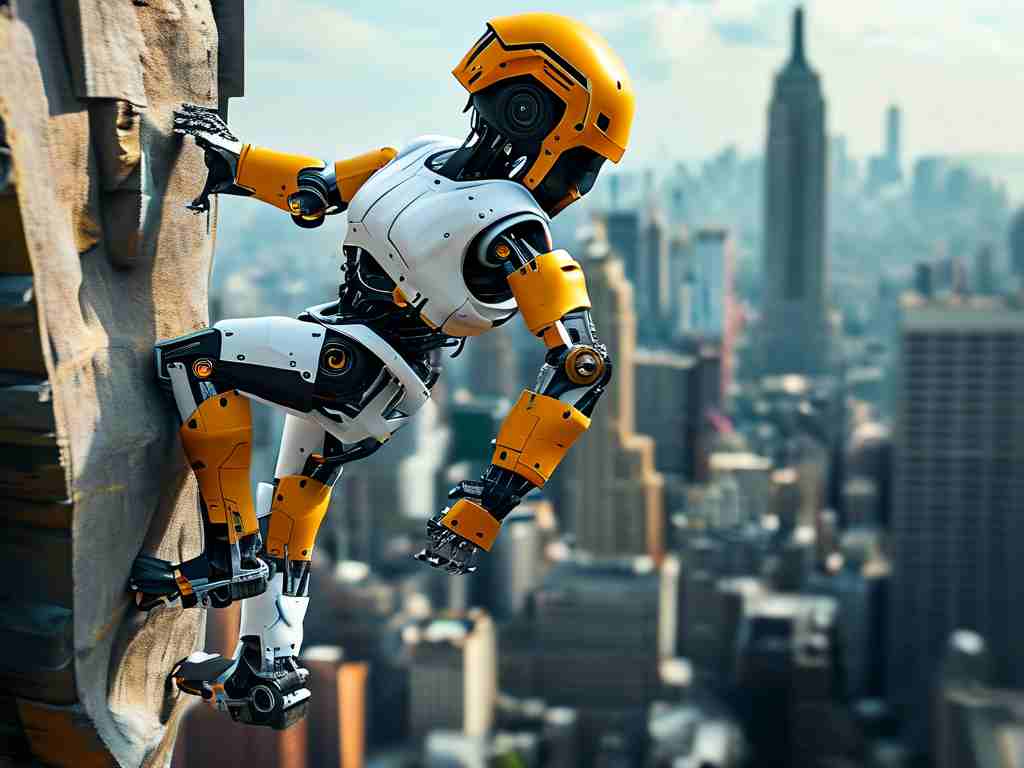
Mechanical Design: Balancing Flexibility and Stability
At the heart of any stair-climbing robot is its mechanical structure. Two primary designs dominate the field: tracked systems and legged mechanisms. Tracked robots, inspired by military tanks, use continuous belts to distribute weight evenly, reducing the risk of tipping. These systems excel in environments with uniform stair dimensions but struggle with irregular or debris-covered steps. Legged robots, on the other hand, mimic biological locomotion. Equipped with articulated joints and actuators, they adapt dynamically to varying step heights. For example, the "Hybrid Hexapod" prototype combines six legs with rotating feet, allowing it to grip edges and adjust stride length mid-climb.
A third emerging category is wheeled hybrids, which integrate auxiliary arms or grippers. The "Roller-Walker" robot, developed at Osaka University, uses retractable wheels for flat surfaces and extends limbs to hoist itself upward when encountering stairs. Such designs prioritize energy efficiency but require precise synchronization between components.
Sensor Integration: Eyes and Ears of the Robot
Sensors play a critical role in real-time decision-making. Inertial Measurement Units (IMUs) track orientation and acceleration, preventing falls during ascent or descent. LiDAR and depth cameras map stair geometry, measuring riser height and tread depth. For instance, the MIT-designed "StairBot" employs a 3D camera array to generate millimeter-accurate models of its surroundings, even in low-light conditions.
Unexpected obstacles, such as loose objects or damaged steps, demand rapid response. Here, tactile sensors embedded in robotic feet or treads detect surface changes. When the University of Pennsylvania’s "STEPR" robot encounters a slippery step, its pressure-sensitive pads trigger a grip-enhancement protocol, deploying microspikes similar to hiking crampons.
Algorithms: The Brain Behind the Motion
Hardware alone cannot guarantee success; intelligent software bridges the gap. Path-planning algorithms calculate optimal trajectories, factoring in energy consumption and stability. A and RRT (Rapidly Exploring Random Tree) algorithms are widely used, though recent advances in machine learning have introduced neural networks trained on thousands of stair-climbing simulations. These models predict step reliability—for example, identifying rotten wooden steps in a fire-damaged building.
Balance control is another algorithmic priority. PID controllers adjust limb movements in real time, while reinforcement learning enables robots to "learn" from mistakes. Boston Dynamics’ "Spot" robot, for instance, uses a combination of model predictive control and iterative learning to refine its stair navigation over multiple attempts.
Applications and Future Directions
Stair-climbing robots are no longer confined to labs. In logistics, companies like FedEx test robots for last-mile delivery in multi-story apartments. Disaster response teams deploy them to search collapsed buildings, where elevators are inoperable. Healthcare is another frontier; Japan’s "RIBA" robot assists caregivers by lifting patients upstairs.
Future innovations may focus on energy autonomy. Solar-powered climbers and wireless charging stations could extend operational ranges. Additionally, modular designs—where robots reconfigure their shape for specific stairs—are under exploration. For example, the EU-funded "MORPHO" project aims to create a robot that splits into smaller units to navigate narrow spiral staircases before reassembling.
In , stair-climbing robotics hinges on the synergy of robust hardware, precise sensing, and adaptive intelligence. As these technologies mature, robots will increasingly handle tasks in environments once deemed inaccessible, reshaping industries from emergency services to urban infrastructure.



